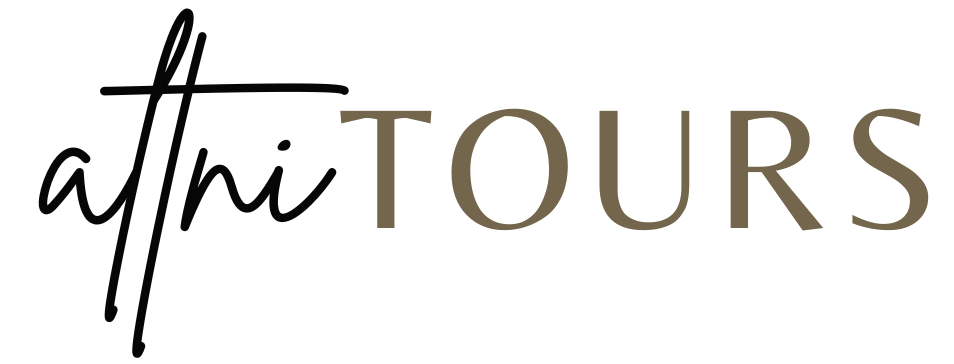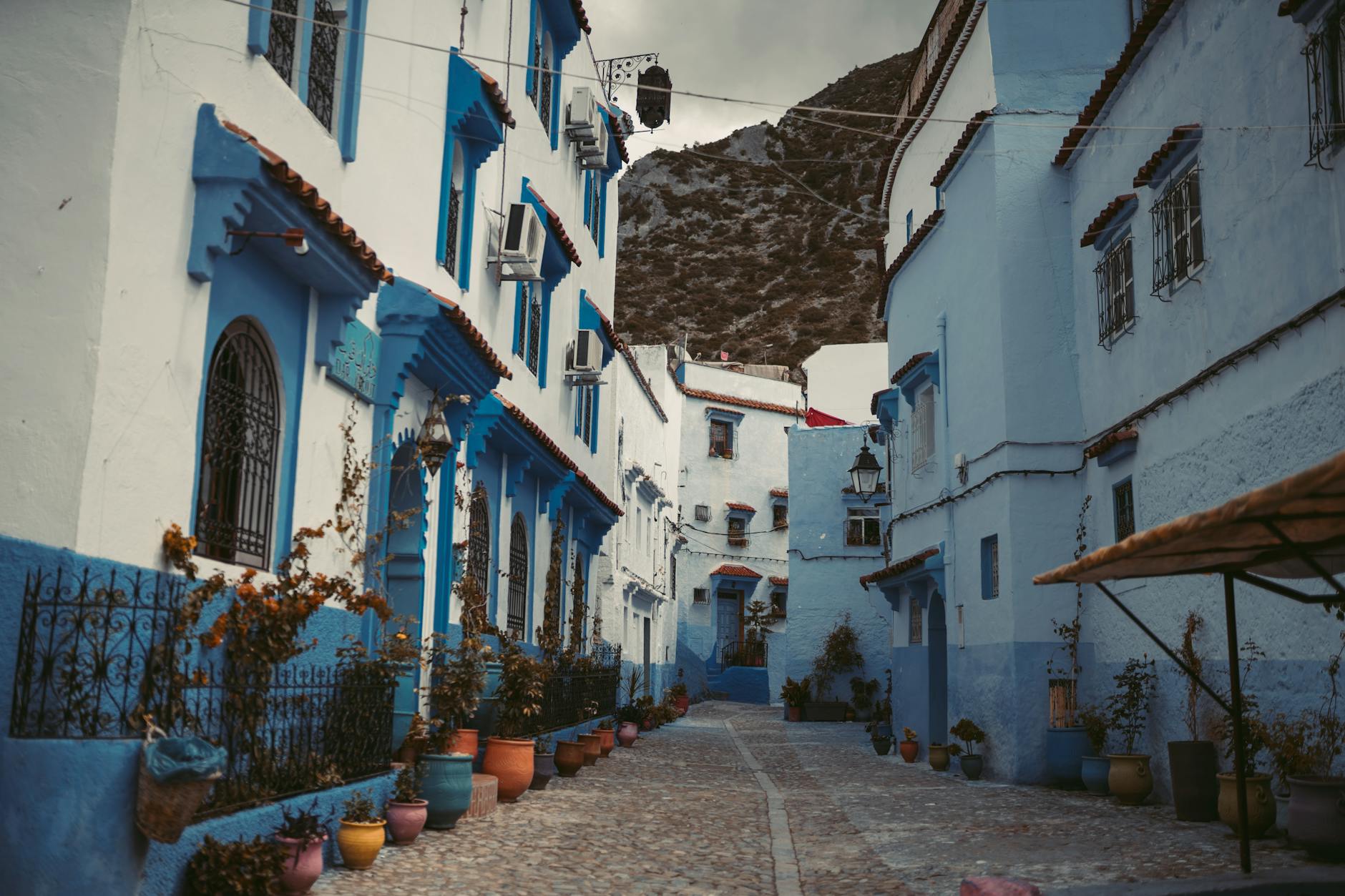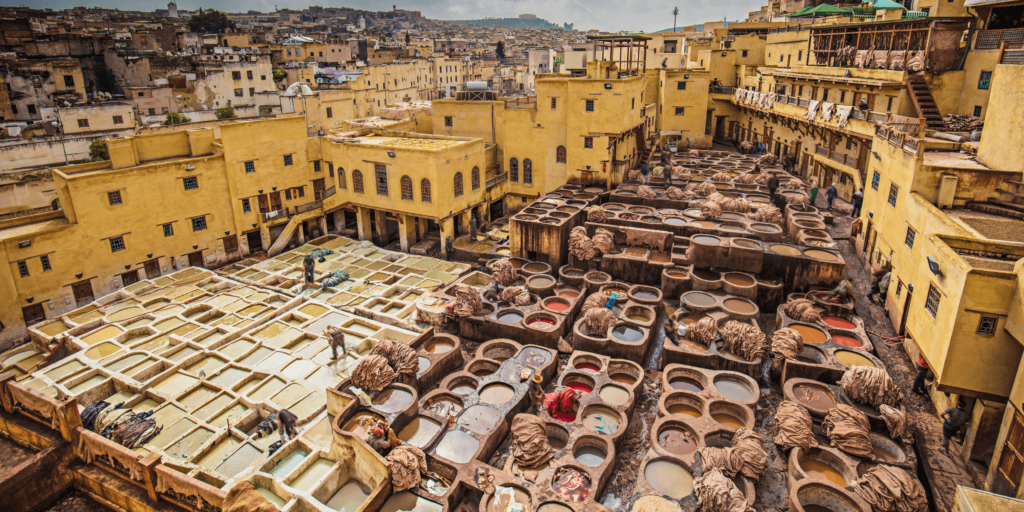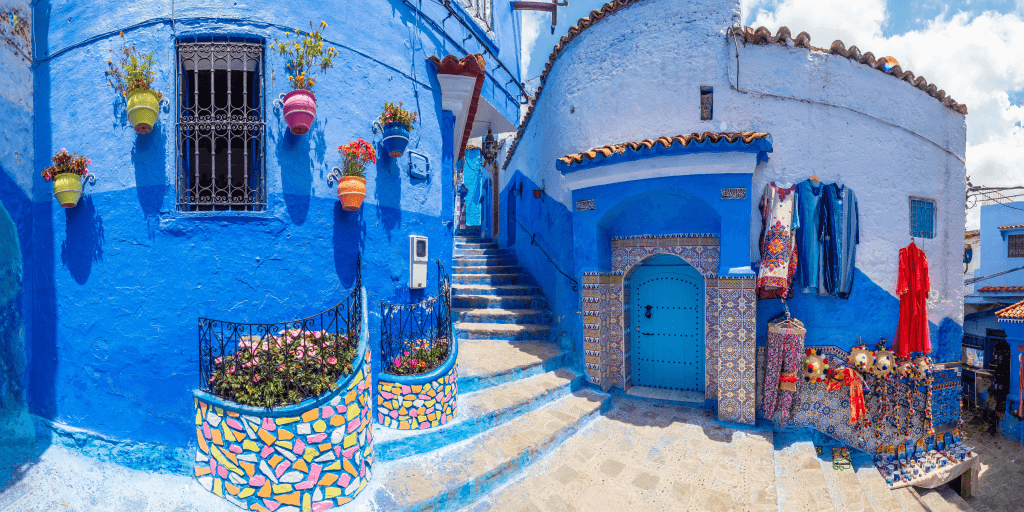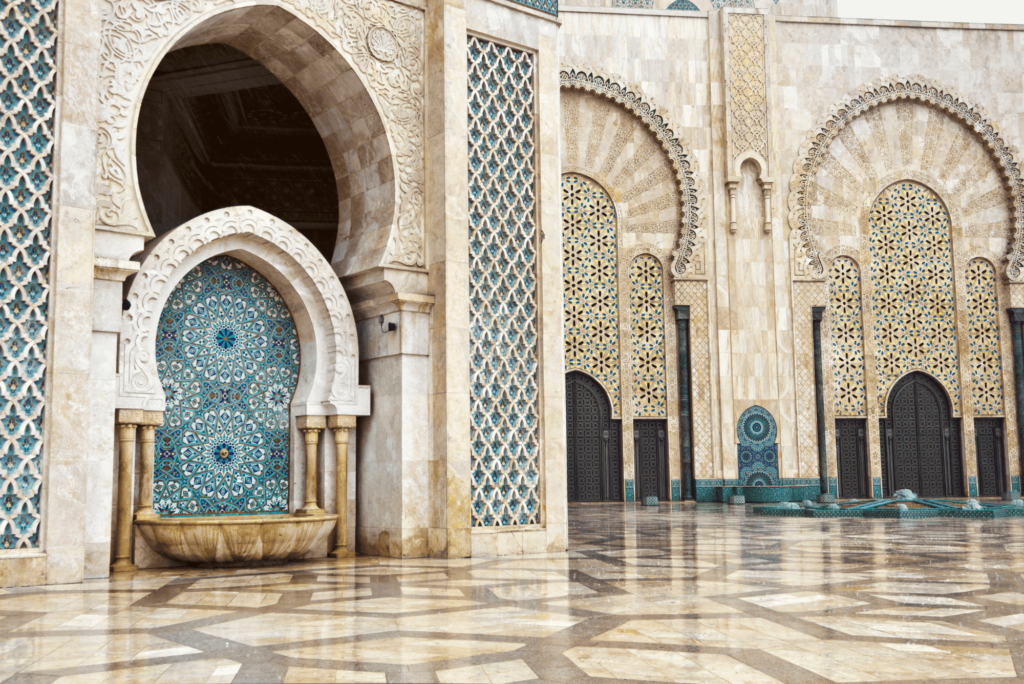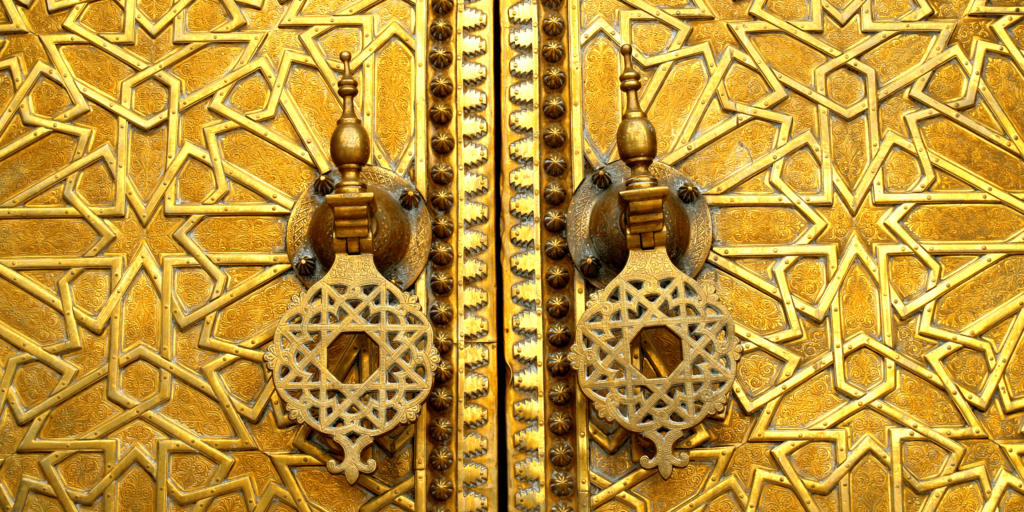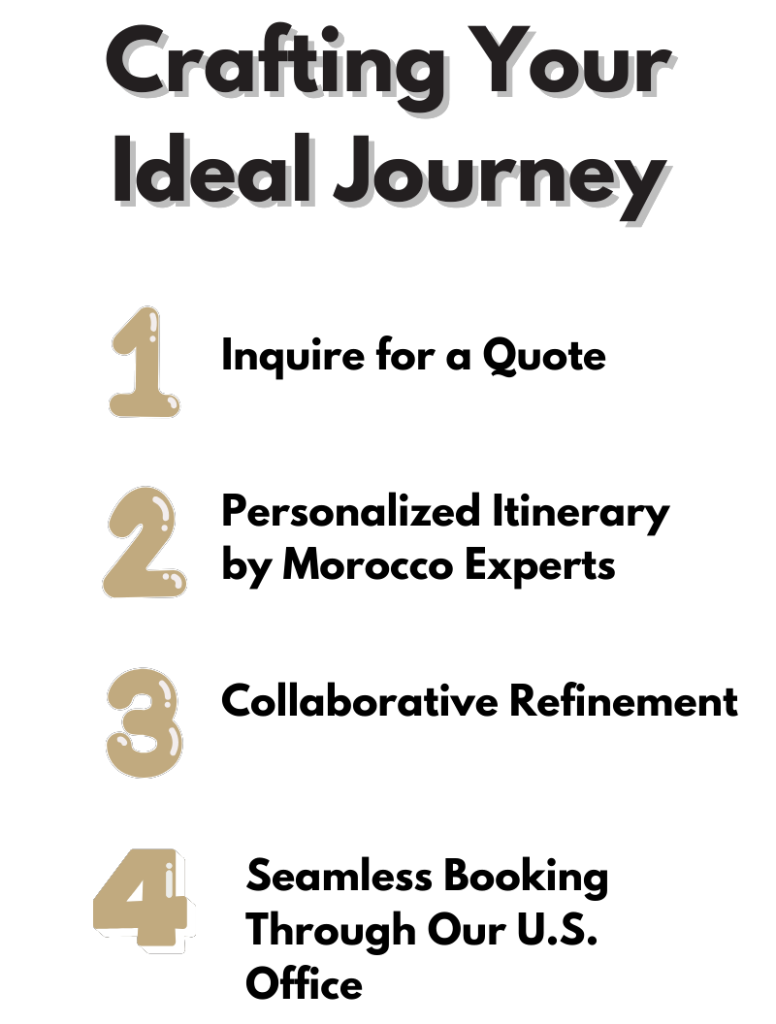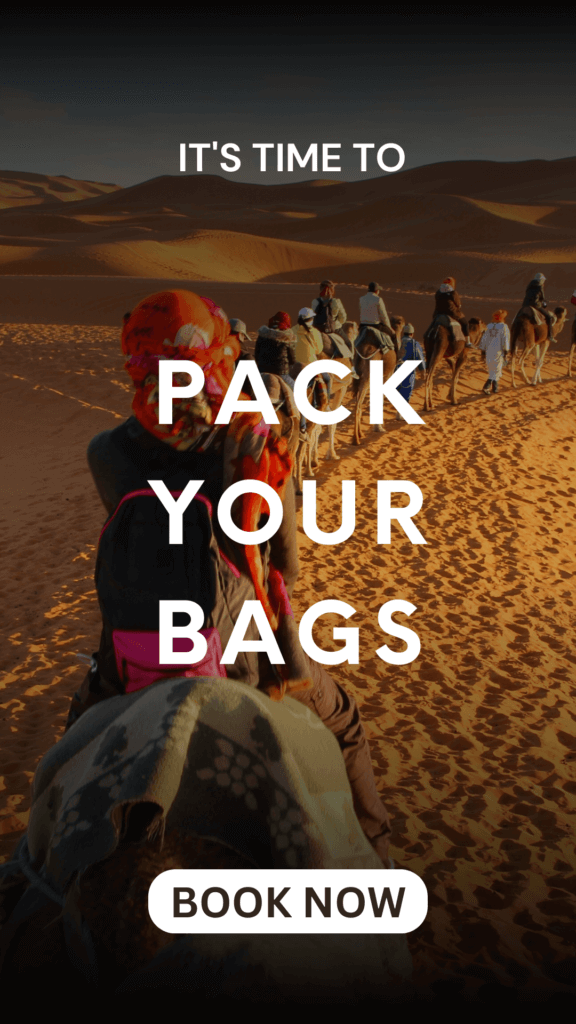Visiting Morocco For The First Time 2025
Are you ready to embark on an unforgettable journey to a land of vibrant colors, exotic aromas, and rich cultural tapestry? Morocco beckons, promising an adventure that will captivate your senses and leave you spellbound. But wait! Before you pack your bags and jet off to this North African gem, there’s a crucial question you need to ask yourself: Are you truly prepared for the unique challenges and incredible experiences that await?
From navigating bustling medinas to haggling in lively souks, Morocco can be as overwhelming as it is enchanting for first-time visitors. The good news? With the right knowledge and preparation, you can transform potential hurdles into stepping stones for an extraordinary vacation. Whether you’re dreaming of sipping mint tea in a Marrakech riad, riding camels in the Sahara, or exploring the blue-washed streets of Chefchaouen, this guide will equip you with essential insights to make your Moroccan adventure truly unforgettable.
Join us as we unravel the secrets of planning your Moroccan getaway, from understanding local customs to discovering hidden gems off the beaten path. We’ll explore must-visit destinations, tantalizing culinary delights, transportation tips, shopping adventures in vibrant souks, and the best accommodation options to suit your style and budget. Let’s dive into the magical world of Morocco and ensure your first visit is nothing short of extraordinary!
Table of Contents
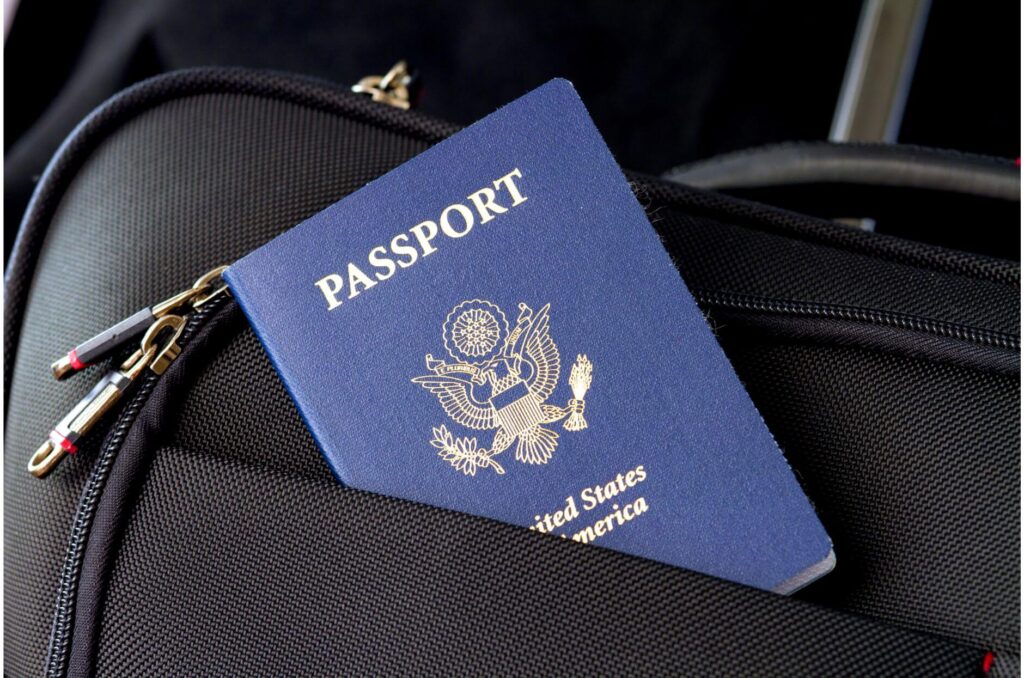
Planning Your Moroccan Adventure
As you embark on your journey to Morocco, proper planning is key to ensuring a memorable and smooth experience. Let’s dive into the essential aspects of preparing for your Moroccan adventure.
A. Best time to visit Morocco
Morocco’s climate varies significantly across regions, making it a year-round destination. However, certain seasons offer more comfortable conditions for exploring:
- Spring (March to May): Mild temperatures and blooming landscapes
- Fall (September to November): Pleasant weather and fewer crowds
- Winter (December to February): Ideal for desert trips, but cold in mountain areas
- Summer (June to August): Hot in most regions, but cooler in coastal areas
| Season | Pros | Cons |
|---|---|---|
| Spring | Mild weather, beautiful landscapes | Can be busy in popular destinations |
| Fall | Pleasant temperatures, fewer tourists | Some areas may experience rain |
| Winter | Perfect for desert excursions | Cold in mountains, some attractions may close |
| Summer | Great for coastal visits | Extremely hot in inland areas |
B. Essential travel documents
Before your trip, ensure you have the following:
- Valid passport (with at least 6 months validity beyond your planned stay)
- Visa (if required – check with the Moroccan embassy in your country)
- Travel insurance
- Copies of important documents (stored separately from originals)
C. Packing tips for diverse climates
Morocco’s varied geography means you’ll need to pack for different weather conditions:
- Lightweight, breathable clothing for hot days
- Warm layers for cool evenings and mountain areas
- Modest attire for cultural sensitivity (especially for women)
- Comfortable walking shoes
- Sun protection (hat, sunglasses, sunscreen)
- Swimwear for coastal areas or hotel pools

D. Choosing your destinations
Morocco offers a diverse array of experiences. Consider including:
- Imperial cities (Marrakech, Fes, Meknes, Rabat)
- Coastal towns (Essaouira, Agadir)
- Sahara Desert (Merzouga, Zagora)
- Atlas Mountains (Toubkal, Ourika Valley)
- Blue city of Chefchaouen
Prioritize based on your interests and time available. Remember to allow for travel time between destinations, as Morocco is larger than many visitors realize.
With these planning tips in mind, you’re well on your way to a fantastic Moroccan adventure. Next, we’ll explore the intricacies of Moroccan culture to help you navigate local customs and etiquette during your visit.

Navigating Moroccan Culture
As you embark on your Moroccan adventure, understanding the local culture is key to a rewarding experience. Let’s explore the essential aspects of Moroccan customs and etiquette to help you navigate this vibrant country with confidence and respect.
A. Understanding local customs and etiquette
Moroccan culture is deeply rooted in Islamic traditions and hospitality. Here are some key customs to keep in mind:
- Greetings: Use “As-salaam-alaikum” (peace be upon you) as a respectful greeting
- Right hand: Use your right hand for eating, shaking hands, and giving/receiving items
- Public behavior: Display modesty and avoid public displays of affection
B. Dressing respectfully
Dressing appropriately shows respect for local customs and helps you blend in. Consider the following guidelines:
| Men | Women |
|---|---|
| Long pants | Loose-fitting, knee-length or longer skirts/dresses |
| Shirts covering shoulders | Tops covering shoulders and chest |
| Avoid shorts in public | Avoid revealing clothing |
C. Basic Arabic and Berber phrases
Learning a few local phrases can greatly enhance your interactions. Here’s a quick list to get you started:
- Shukran – Thank you
- La shukran – No, thank you
- Min fadlak/fadlik – Please (male/female)
- Afak – Please (Berber)
- Beslama – Goodbye
D. Tipping practices
Tipping is an important part of Moroccan culture. Here’s a general guide:
- Restaurants: 10-15% of the bill
- Taxis: Round up the fare or add 10%
- Hotels: 10-20 dirhams per day for housekeeping
- Tour guides: 100-200 dirhams per day
By familiarizing yourself with these cultural nuances, you’ll be well-prepared to immerse yourself in the rich tapestry of Moroccan life. Now that you’re equipped with cultural knowledge, let’s explore the must-visit destinations that await you in this enchanting country.

Must-Visit Destinations
When visiting Morocco for the first time, you’ll be spoiled for choice with the array of captivating destinations. From bustling ancient cities to serene coastal towns and otherworldly landscapes, Morocco offers a diverse range of experiences for every traveler.
A. Exploring the ancient medinas of Marrakech and Fez
The heart of Moroccan culture beats within the ancient medinas of Marrakech and Fez. These labyrinthine old cities are a sensory overload, filled with vibrant souks, stunning architecture, and rich history.
- Marrakech: Known for its lively Jemaa el-Fnaa square
- Fez: Home to the world’s oldest university, Al-Qarawiyyin
B. Coastal charm of Essaouira
For a change of pace, head to the laid-back coastal town of Essaouira. This picturesque port city offers:
- Miles of golden beaches
- A UNESCO-listed medina
- Thriving arts scene and music festivals
C. Desert experience in the Sahara
No visit to Morocco is complete without a desert adventure. The Sahara offers:
- Camel treks across towering dunes
- Nights under star-studded skies in traditional Berber camps
- Spectacular sunrise and sunset views
D. Blue-washed streets of Chefchaouen
Nestled in the Rif Mountains, Chefchaouen is a visual feast with its blue-painted buildings. This charming town offers:
- Instagram-worthy photo opportunities at every turn
- A relaxed atmosphere perfect for unwinding
- Nearby hiking trails with stunning mountain views

E. Roman ruins of Volubilis
Step back in time at the ancient Roman city of Volubilis. This UNESCO World Heritage site showcases:
| Feature | Description |
|---|---|
| Mosaics | Well-preserved intricate floor mosaics |
| Columns | Imposing marble columns and arches |
| Layout | Clear city layout with visible streets and buildings |
As you explore these diverse destinations, you’ll gain a deeper appreciation for Morocco’s rich tapestry of cultures and landscapes. Next, we’ll delve into the culinary delights that await you on your Moroccan adventure.
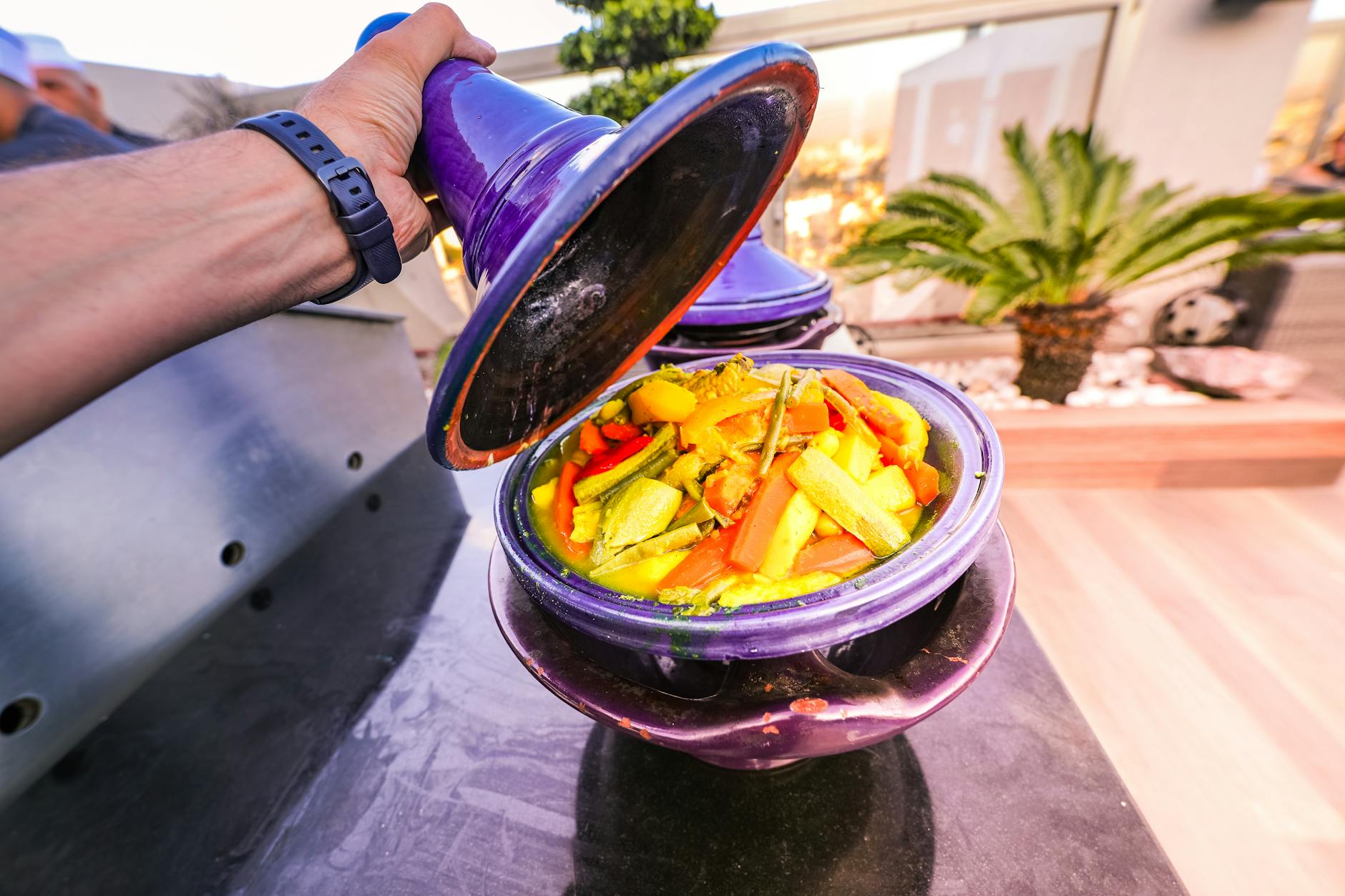
Culinary Delights to Savor
Now that we’ve explored Morocco’s must-visit destinations, let’s dive into the country’s mouthwatering culinary scene. Moroccan cuisine is a vibrant tapestry of flavors, blending Arab, Berber, and Mediterranean influences.
Traditional tagine dishes
Tagine, both a cooking vessel and the dish itself, is the cornerstone of Moroccan cuisine. These slow-cooked stews offer a perfect balance of tender meat, aromatic spices, and soft vegetables.
Popular tagine varieties include:
- Chicken with preserved lemon and olives
- Lamb with prunes and almonds
- Vegetable tagine with couscous
| Tagine Type | Main Ingredients | Flavor Profile |
|---|---|---|
| Chicken | Preserved lemon, olives | Tangy, savory |
| Lamb | Prunes, almonds | Sweet, nutty |
| Vegetable | Seasonal vegetables, couscous | Light, aromatic |
Mint tea ritual
No Moroccan meal is complete without the traditional mint tea ceremony. This sweet, refreshing beverage is more than just a drink; it’s a symbol of hospitality and friendship.
Street food adventures
Exploring Morocco’s street food scene is a must for any food enthusiast. Don’t miss these popular street eats:
- Bessara: A hearty fava bean soup
- Sfenj: Moroccan doughnuts
- Brochettes: Grilled meat skewers
- Harira: A comforting tomato-based soup
Cooking classes for authentic Moroccan cuisine
To truly immerse yourself in Moroccan culinary traditions, consider taking a cooking class. You’ll learn to prepare authentic dishes, understand spice combinations, and master the art of tagine cooking.
With your taste buds now tantalized, let’s explore how to navigate Morocco’s transportation system to continue your culinary adventures.

Getting Around Morocco
Now that you’re familiar with the must-visit destinations in Morocco, let’s explore how to navigate this diverse country efficiently and safely.
A. Transportation options between cities
Morocco offers various transportation options for intercity travel:
- Trains
- Buses
- Grand taxis
- Domestic flights
Here’s a comparison of these options:
| Option | Pros | Cons |
|---|---|---|
| Trains | Comfortable, scenic routes | Limited network, can be crowded |
| Buses | Extensive network, affordable | Longer travel times, varying comfort levels |
| Grand taxis | Flexible, can be shared | More expensive, potential safety concerns |
| Domestic flights | Quick for long distances | Expensive, limited routes |
B. Navigating public transit within cities
Within Moroccan cities, you’ll find:
- Local buses
- Petit taxis
- Trams (in some cities like Rabat and Casablanca)
Petit taxis are a popular choice for short trips, but always ensure the meter is running or agree on a price beforehand.
C. Hiring a guide vs. self-exploration
Both options have their merits:
- Hiring a guide: Provides local insights, helps navigate language barriers, and ensures you don’t miss hidden gems.
- Self-exploration: Offers more flexibility and can be more budget-friendly.
Consider hiring a guide for specific activities or in complex areas like medinas, while self-exploring in more straightforward locations.
D. Safety tips for travelers
To ensure a safe journey:
- Be aware of your surroundings, especially in crowded areas
- Keep valuables secure and out of sight
- Use reputable transportation services
- Stay hydrated and protect yourself from the sun
- Respect local customs and dress modestly
With these tips in mind, you’re ready to navigate Morocco confidently. Next, we’ll delve into the exciting world of shopping in Morocco’s vibrant souks.
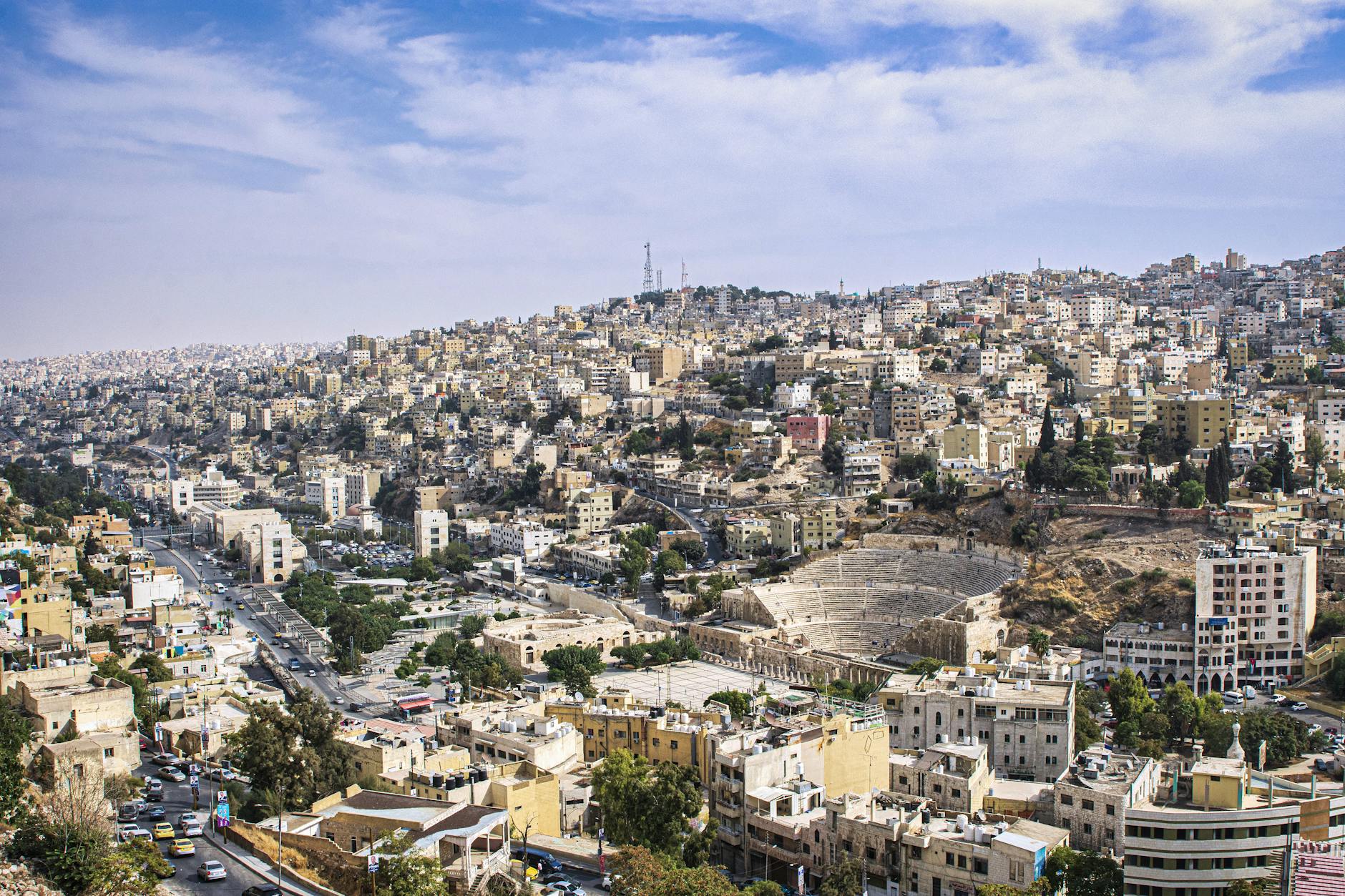
Shopping in Morocco’s Vibrant Souks
Now that you’ve explored the culinary delights of Morocco, it’s time to dive into the captivating world of shopping in the country’s vibrant souks. These bustling marketplaces are a sensory overload, filled with colorful textiles, aromatic spices, and intricate handicrafts.
Haggling Etiquette
Haggling is an essential part of the souk experience. Here are some tips to master the art:
- Start at about 50% of the initial asking price
- Be polite and maintain a friendly demeanor
- Be prepared to walk away if you can’t reach a fair price
- Enjoy the process – it’s part of the cultural experience
Traditional Moroccan Crafts to Look For
Morocco is renowned for its exquisite craftsmanship. Keep an eye out for these authentic items:
- Handwoven carpets and rugs
- Leather goods (bags, poufs, slippers)
- Ceramic tagines and pottery
- Argan oil products
- Intricate metalwork and lamps
| Craft | Typical Price Range (USD) | Best Places to Buy |
|---|---|---|
| Carpets | $100 – $1000+ | Marrakech, Fez |
| Leather goods | $20 – $200 | Fez, Marrakech |
| Ceramics | $10 – $100 | Safi, Fez |
| Argan oil | $10 – $50 | Essaouira, Agadir |
| Metalwork | $30 – $300 | Marrakech, Fez |
Avoiding Common Tourist Traps
While shopping in souks can be exciting, it’s important to stay vigilant:
- Research fair prices beforehand
- Be wary of overly pushy salespeople
- Check the quality of items before purchasing
- Avoid buying antiques without proper documentation
Shipping Purchases Home
If you’ve found treasures too large to fit in your suitcase, consider shipping options:
- Many shops offer shipping services, but always get a written quote
- Compare prices with international courier services
- Ensure items are properly insured and packaged
- Keep all receipts and shipping documents
As you prepare to leave the vibrant souks with your newfound treasures, you’ll find that shopping in Morocco is more than just a transaction – it’s a cultural experience that will stay with you long after your journey ends. Next, we’ll explore the various accommodation options available for your stay in this enchanting country.
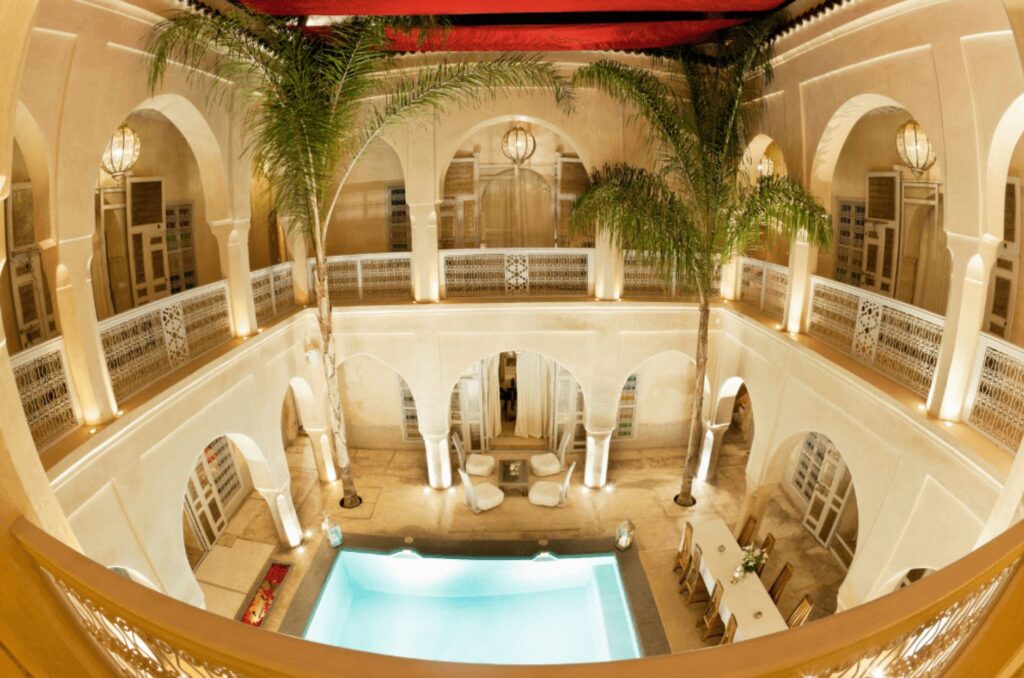
Accommodation Options
When visiting Morocco for the first time, you’ll find a diverse range of accommodation options to suit every taste and budget. From traditional riads to luxury resorts and unique desert experiences, Morocco offers something for everyone.
Staying in a traditional riad
A riad is a traditional Moroccan house or palace with an interior garden or courtyard. Staying in a riad offers an authentic and immersive experience:
- Architectural beauty: Intricate tilework, ornate carvings, and stunning courtyards
- Intimate atmosphere: Often family-run with personalized service
- Central locations: Usually found in the heart of medinas (old towns)
Luxury resorts and spas
For those seeking ultimate relaxation and indulgence, Morocco boasts world-class luxury resorts:
- High-end amenities: Pools, spas, and gourmet restaurants
- Scenic locations: Beachfront properties or mountain retreats
- Fusion of modern luxury and traditional Moroccan design

Budget-friendly hostels
Travelers on a tight budget can find comfortable and affordable options in Morocco’s hostels:
- Social atmosphere: Great for meeting fellow travelers
- Shared facilities: Communal kitchens and lounges
- Often offer private rooms in addition to dormitories
Unique experiences: desert camps and mountain retreats
For a truly memorable stay, consider these extraordinary accommodation options:
| Experience | Features | Best Locations |
|---|---|---|
| Desert Camps | Stargazing, camel rides, traditional music | Sahara Desert (Merzouga, Zagora) |
| Mountain Retreats | Hiking, stunning views, local cuisine | Atlas Mountains (Imlil, Toubkal) |
These unique stays offer an opportunity to connect with nature and experience Morocco’s diverse landscapes up close.
Now that we’ve explored the various accommodation options, let’s delve into the exciting world of shopping in Morocco’s vibrant souks, where you can find treasures to remember your trip by.
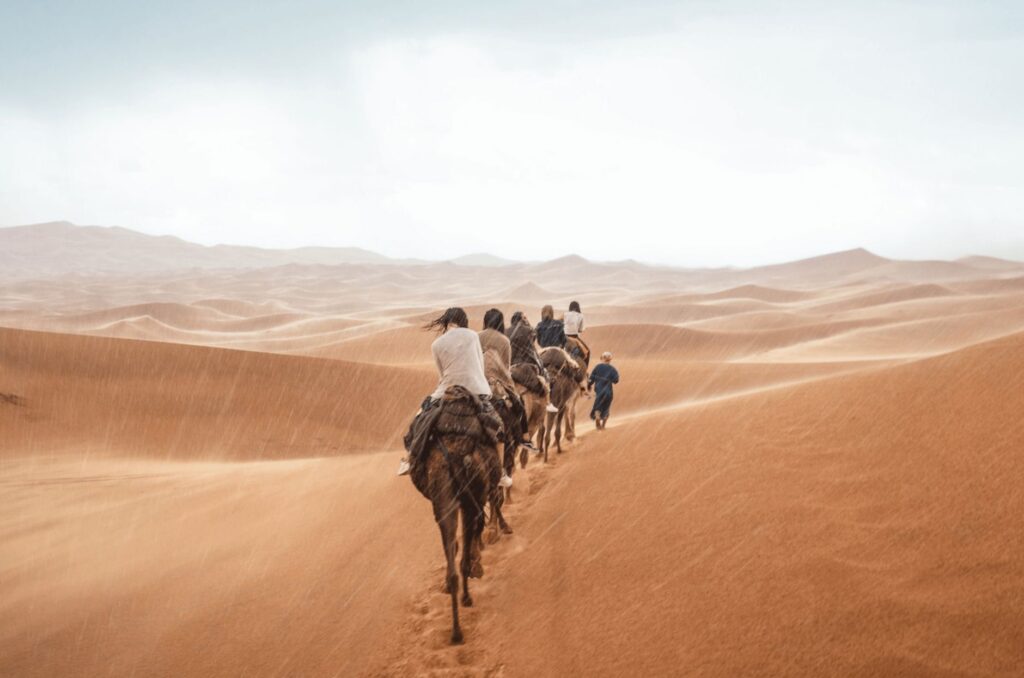
Morocco offers a captivating blend of ancient traditions and modern experiences, making it an unforgettable destination for first-time visitors. From the bustling medinas of Marrakech to the serene Sahara Desert, the country presents a diverse array of attractions. Careful planning, cultural awareness, and an open mind are essential for navigating this enchanting North African nation.
As you embark on your Moroccan adventure, immerse yourself in the local culture, savor the delicious cuisine, and explore the vibrant souks. Whether you choose to stay in a traditional riad or a luxury resort, Morocco’s warm hospitality will leave a lasting impression. Remember to respect local customs, embrace the country’s unique charm, and create memories that will last a lifetime in this extraordinary destination.
